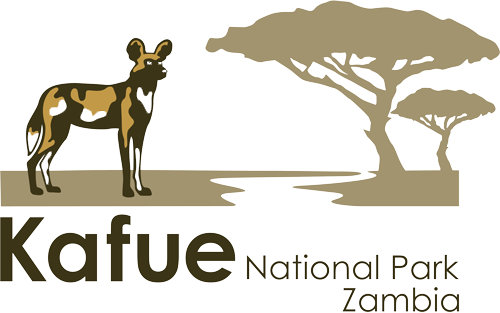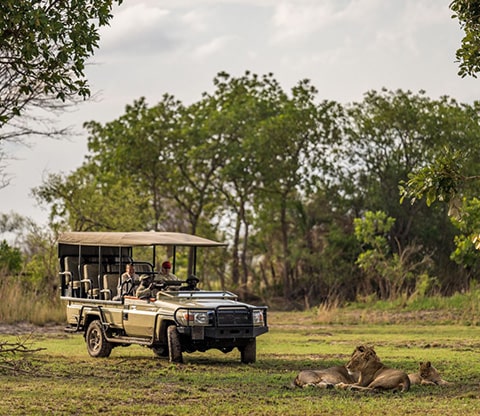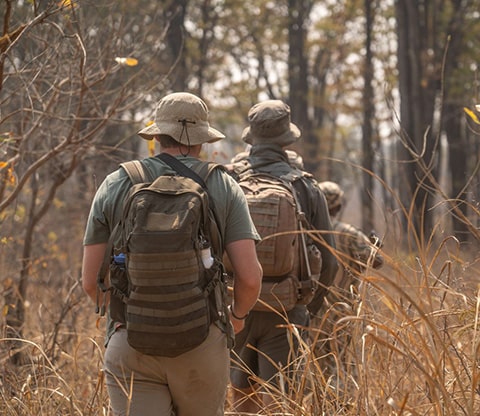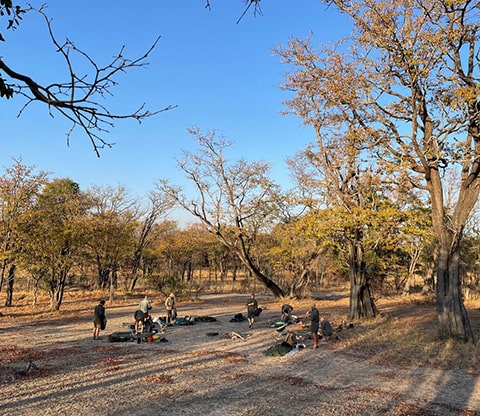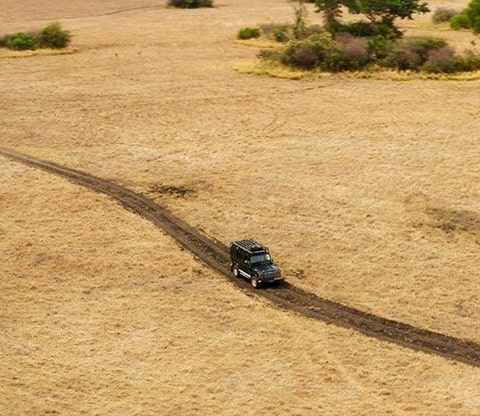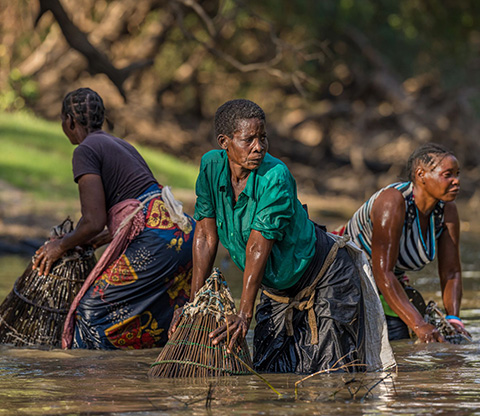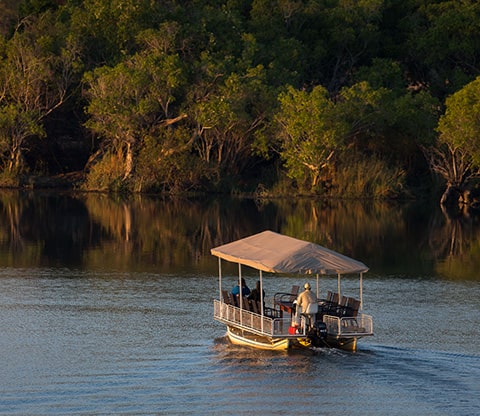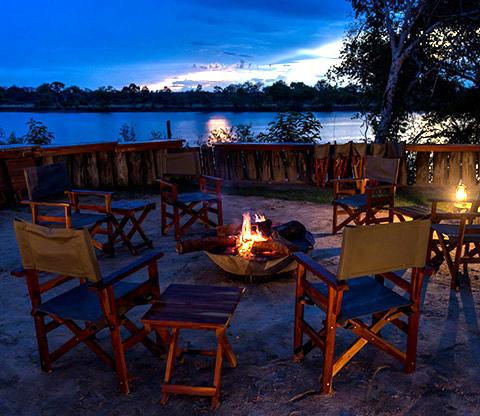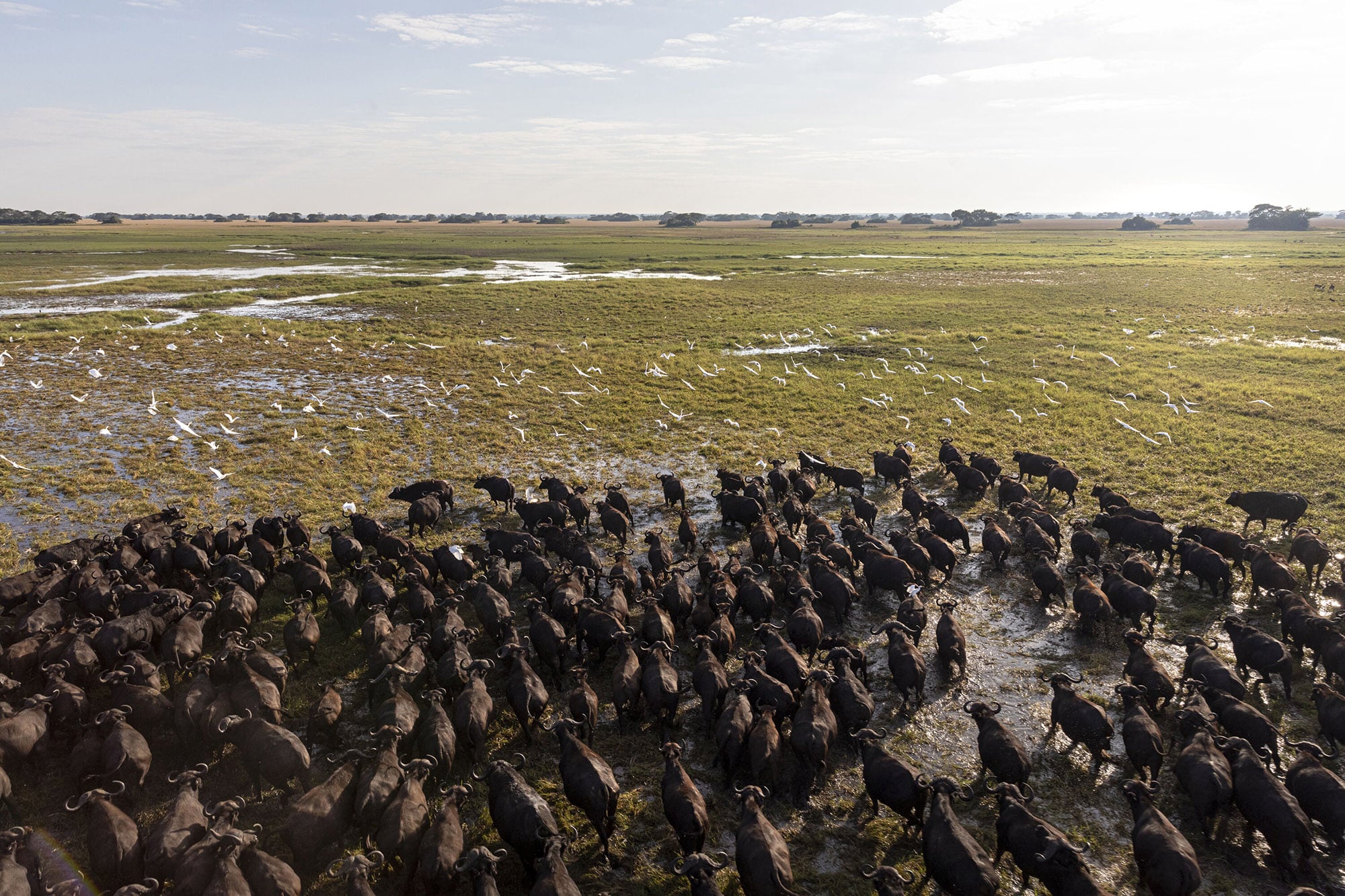
Kafue National Park
Vast, wild and remote, Kafue’s immense landscapes are home to elephants, iconic predators and 21 antelope species.
©Mike Dexter
Experience Kafue National Park
Kafue National Park is a land of immense scale and diversity. Its vast landscapes invite exploration, offering a rich tapestry of wetlands, floodplains, savannah, and characteristic miombo woodland. At 2.2 million hectares, Kafue is Zambia’s most extensive protected wilderness area, yet it remains largely undiscovered. This has allowed the park to retain an authentic, wild quality. While seasonal flooding makes some areas inaccessible at certain times of the year, Kafue is always a rewarding destination.
Perhaps more so than any other area of Zambia, Kafue is shaped by the rhythm of the seasons, with water levels in the Kafue River and its tributaries dictating wildlife movements. The sheer scale of Kafue is reflected in the size of the herds of elephant and buffalo that traverse the plains in search of food and water. Alongside these more familiar species, roan and sable can also be encountered – just two of the total of 21 species of antelope found in Kafue.
With knowledgeable local guides leading walking safaris, game drives, and boat excursions, Kafue slowly gives up its secrets and offers regular sightings of hippo, crocodile, leopard, cheetah, and wild dog. Kafue also offers rich pickings for birders, with over 500 species having been recorded here.
Humans, too have played their part in the story of Kafue. During your stay, you can gain insights into fascinating cultures moulded by the ebb and flow of Kafue’s waters.
Where to Stay
By choosing to stay in one of Kafue National Park’s accommodation options – from camping to luxury lodges – you’re also helping to support sustainable wildlife conservation and community development initiatives, ultimately contributing to the long-term viability of the park.
About Kafue National Park

As Zambia’s oldest national park, Kafue safeguards a vital national water source. Over millennia, its rivers have sculpted the granite massif, creating a landscape shaped by water. Seasonal floods transform grasslands into nutrient-rich dambos, while the Lufupa and Nanzhila rivers spill across the iconic Busanga and Nanzhila Plains.
The granite hills of Lubalanzuki, Kaindabaila, and Mutumbwe have a cultural significance that transcends their prominence in the landscape, while Lake Itezhi-Tezhi is a wildlife haven offering superb shoreline game viewing.
Vast Miombo woodlands dominate the park, interspersed with teak and mopane forests and expansive grasslands, together forming a rich mosaic of habitats.
Kafue is home to some 158 mammal species, 70 types of reptile, 72 fish species and 36 amphibian species. Over 500 bird species have been recorded in Kafue – a further testament to its sheer size and diversity.
